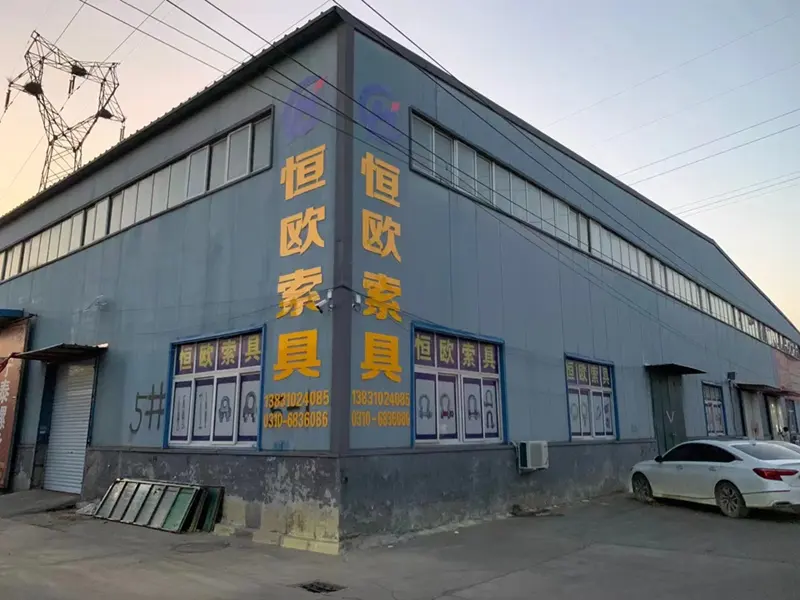
Mayo . 26, 2025 08:05 Back to list
Hydroxypropyl Methyl Cellulose Ether (HPMC) - Premium Construction & Industrial Additive
- Overview of Cellulose Ether and Its Functional Properties
- Technical Advantages in Industrial Applications
- Performance Comparison of Leading Manufacturers
- Customized Solutions for Diverse Industry Needs
- Case Studies: Real-World Applications
- Environmental and Regulatory Compliance
- Future Trends in Cellulose Ether Utilization

(cellulose ether)
Understanding Cellulose Ether and Its Multifunctional Role
Cellulose ether, a semi-synthetic polymer derived from natural cellulose, serves as a critical additive across industries due to its water retention, thickening, and film-forming properties. Among its variants, hydroxypropyl methyl cellulose (HPMC) dominates 62% of the global market, driven by demand in construction and pharmaceuticals. The compound’s unique molecular structure enables adjustable viscosity (from 5 mPa·s to 200,000 mPa·s) and thermal gelation, making it indispensable in cement-based materials and controlled-release drug formulations.
Technical Superiority in Industrial Formulations
Compared to traditional additives like polyvinyl alcohol (PVA), cellulose ether
HPMC offers 40% higher water retention efficiency, reducing crack formation in mortars by 75%. Its pseudo-plastic behavior ensures smooth application in paints, while pH stability (3–11) guarantees compatibility with diverse chemical environments. Key technical metrics include:
- Ash content: ≤5% (vs. 8–12% in competing binders)
- Moisture absorption: <3% at 50% relative humidity
- Gel temperature: 60–90°C (adjustable via substitution levels)
Market-Leading Manufacturers: A Data-Driven Analysis
| Manufacturer | Viscosity Range (mPa·s) | Key Applications | Certifications |
|---|---|---|---|
| Shin-Etsu | 400–150,000 | Pharmaceutical coatings, adhesives | USP, EP, ISO 9001 |
| Dow Chemical | 5–100,000 | Construction materials, ceramics | REACH, FDA 21 CFR |
| Ashland | 50–80,000 | Personal care, detergents | ISO 14001, Halal |
Tailored Formulations for Sector-Specific Challenges
Advanced manufacturers now provide cellulose ether variants with modified substitution patterns to meet niche requirements:
- High-viscosity HPMC (≥75,000 mPa·s): Extends open time in tile adhesives by 50 minutes
- Low-substituted grades: Enhances dissolution rates for immediate-release tablets
- Surface-treated powders: Reduces dusting by 90% during dry-mix processing
Demonstrated Efficacy in Complex Scenarios
A 2023 project with a European construction firm utilized cellulose ether HPMC to achieve:
- 28-day compressive strength: 48 MPa (+22% vs. standard formulations)
- Adhesive open time: 40 minutes at 35°C ambient temperature
- Waste reduction: 15% through improved workability
Meeting Global Standards Without Compromise
Top-tier cellulose ether producers maintain dual compliance with ISO 20795-1 (dental applications) and ASTM C387 for construction materials. Batch-to-batch consistency is controlled within ±2% viscosity variation, exceeding EN 934-2 requirements for building additives.
Cellulose Ether: Pioneering Sustainable Material Innovation
With the cellulose ether market projected to grow at 6.8% CAGR through 2030, R&D focuses on bio-sourced production (83% renewable content achieved in pilot plants) and low-carbon modification processes. Emerging applications in 3D-printable concretes and biodegradable packaging films demonstrate the polymer’s evolving versatility.

(cellulose ether)
FAQS on cellulose ether
Q: What is hydroxypropyl methyl cellulose ether (HPMC)?
A: Hydroxypropyl methyl cellulose ether (HPMC) is a semi-synthetic, water-soluble polymer derived from cellulose. It is widely used as a thickener, binder, and film-forming agent in construction materials, pharmaceuticals, and food products. Its properties include thermal gelation and excellent moisture retention.
Q: What are the primary applications of cellulose ether HPMC?
A: Cellulose ether HPMC is primarily used in cement-based mortars and plasters to improve workability and water retention. It also acts as a stabilizer in paints, adhesives, and personal care products. In pharmaceuticals, it serves as a coating agent for tablets.
Q: How does cellulose ether enhance construction materials?
A: Cellulose ether improves adhesion, durability, and water retention in construction mixes like tile adhesives and renders. It reduces cracking and enhances sag resistance in vertical applications. Additionally, it extends the open time for materials during application.
Q: What distinguishes HPMC from other cellulose ethers?
A: HPMC offers superior thermal gelation compared to methyl cellulose (MC) or ethyl cellulose (EC). It has a broader solubility range in both cold and hot water. Its hydroxypropyl substitution also provides better compatibility with organic solvents.
Q: Is cellulose ether HPMC safe for use in food products?
A: Yes, HPMC is generally recognized as safe (GRAS) by regulatory agencies like the FDA for use as a food additive. It acts as an emulsifier, thickener, and stabilizer in items like dairy products and sauces. Proper usage levels ensure compliance with safety standards.
-
Versatile Hpmc Uses in Different Industries
NewsJun.19,2025
-
Redispersible Powder's Role in Enhancing Durability of Construction Products
NewsJun.19,2025
-
Hydroxyethyl Cellulose Applications Driving Green Industrial Processes
NewsJun.19,2025
-
Exploring Different Redispersible Polymer Powder
NewsJun.19,2025
-
Choosing the Right Mortar Bonding Agent
NewsJun.19,2025
-
Applications and Significance of China Hpmc in Modern Industries
NewsJun.19,2025







